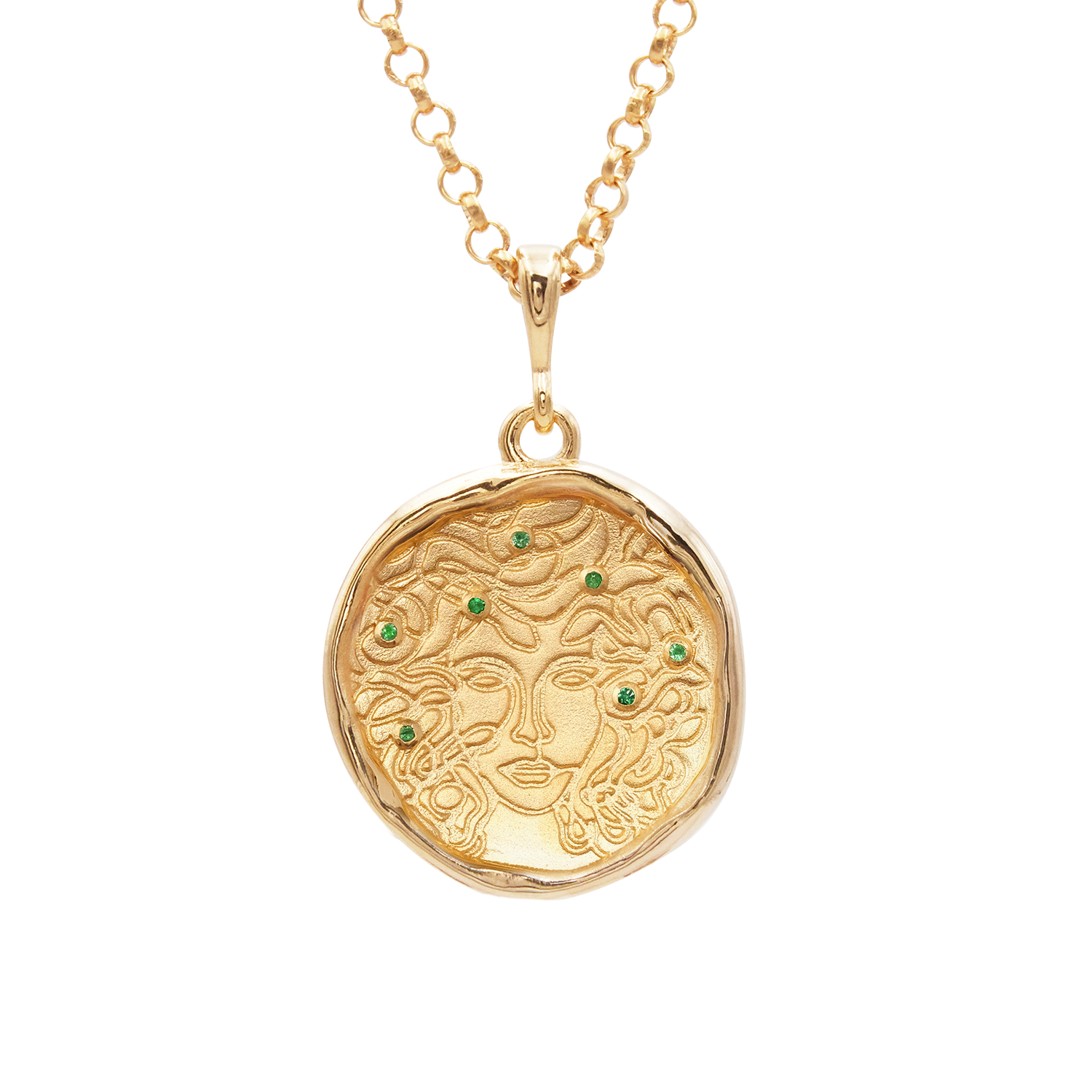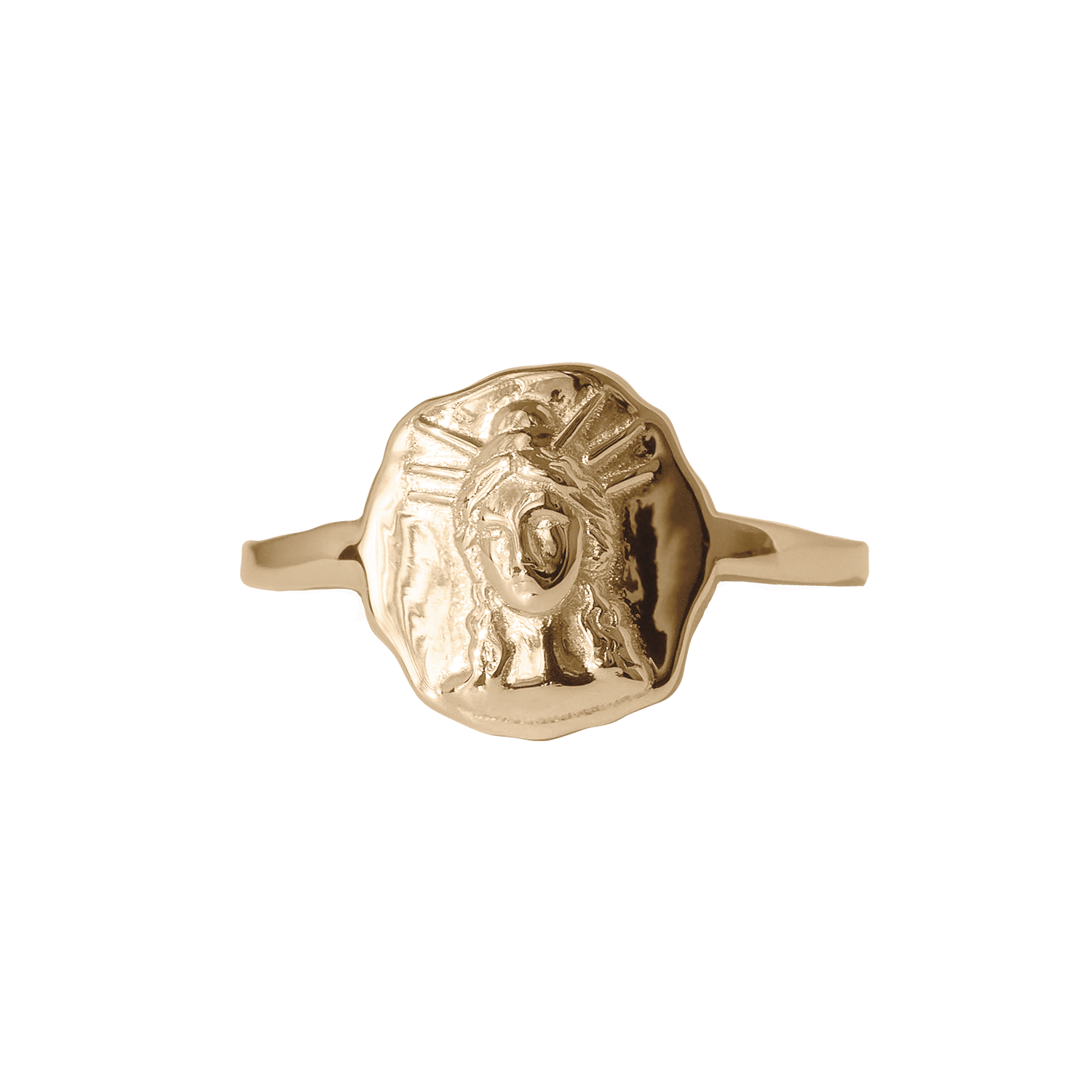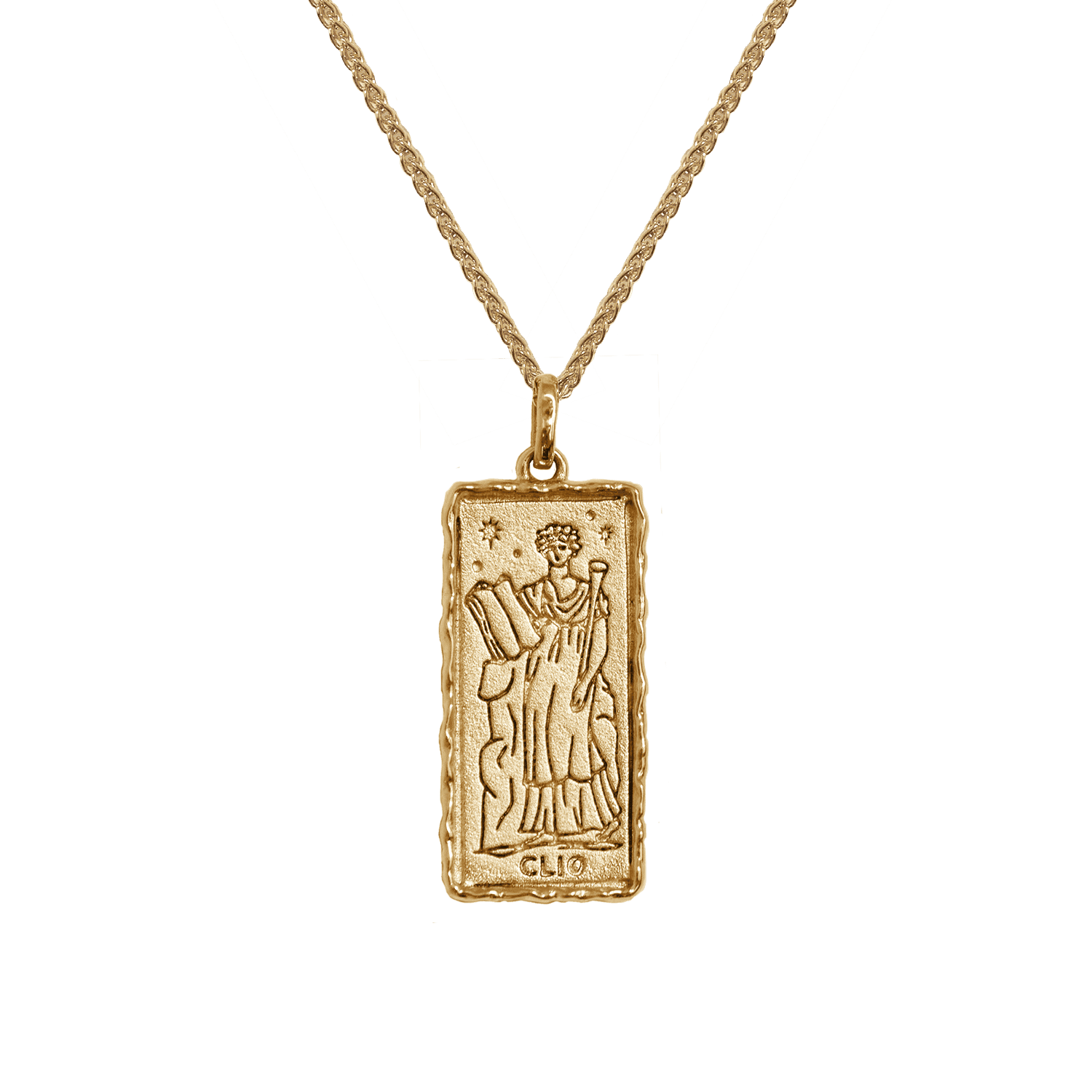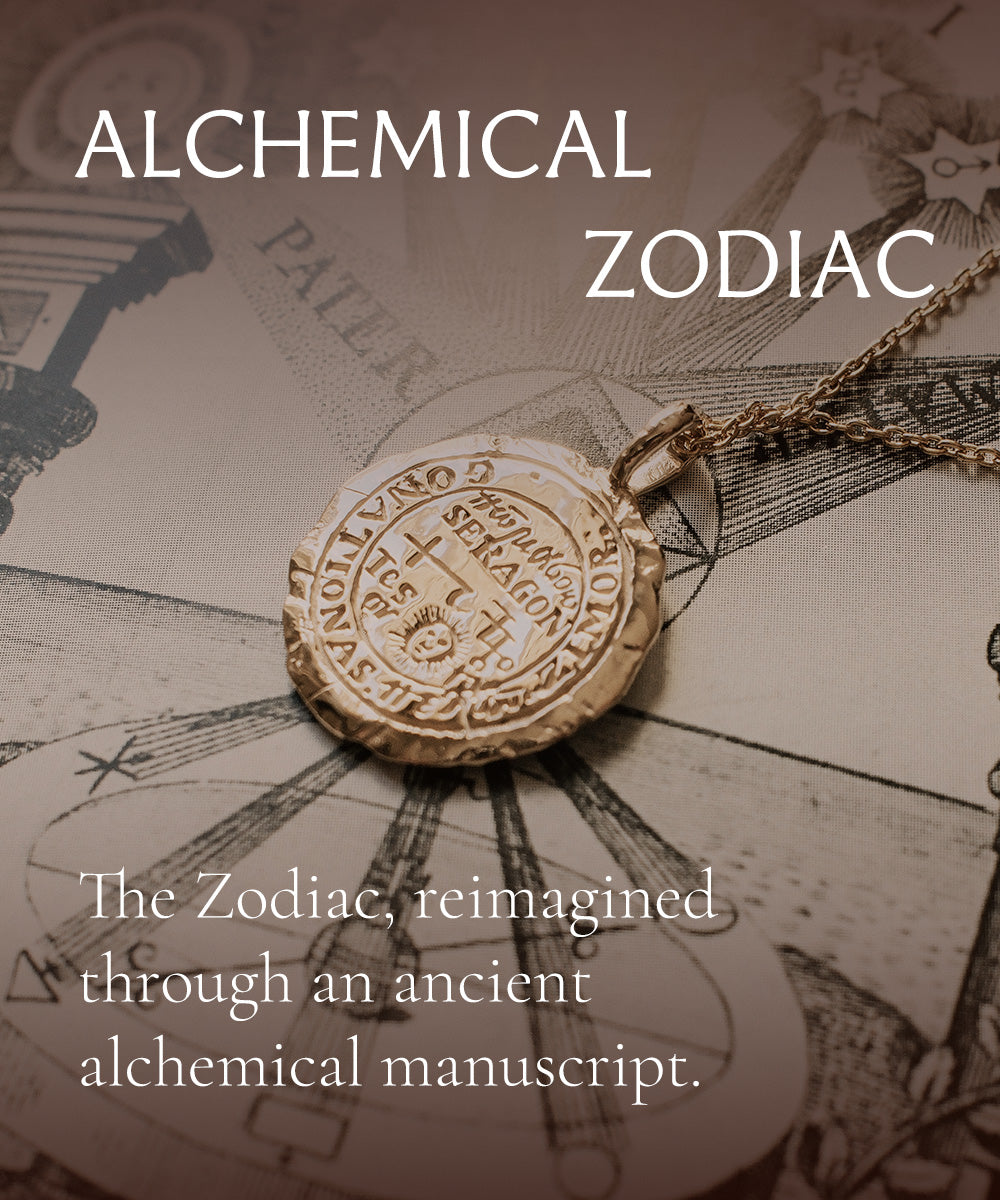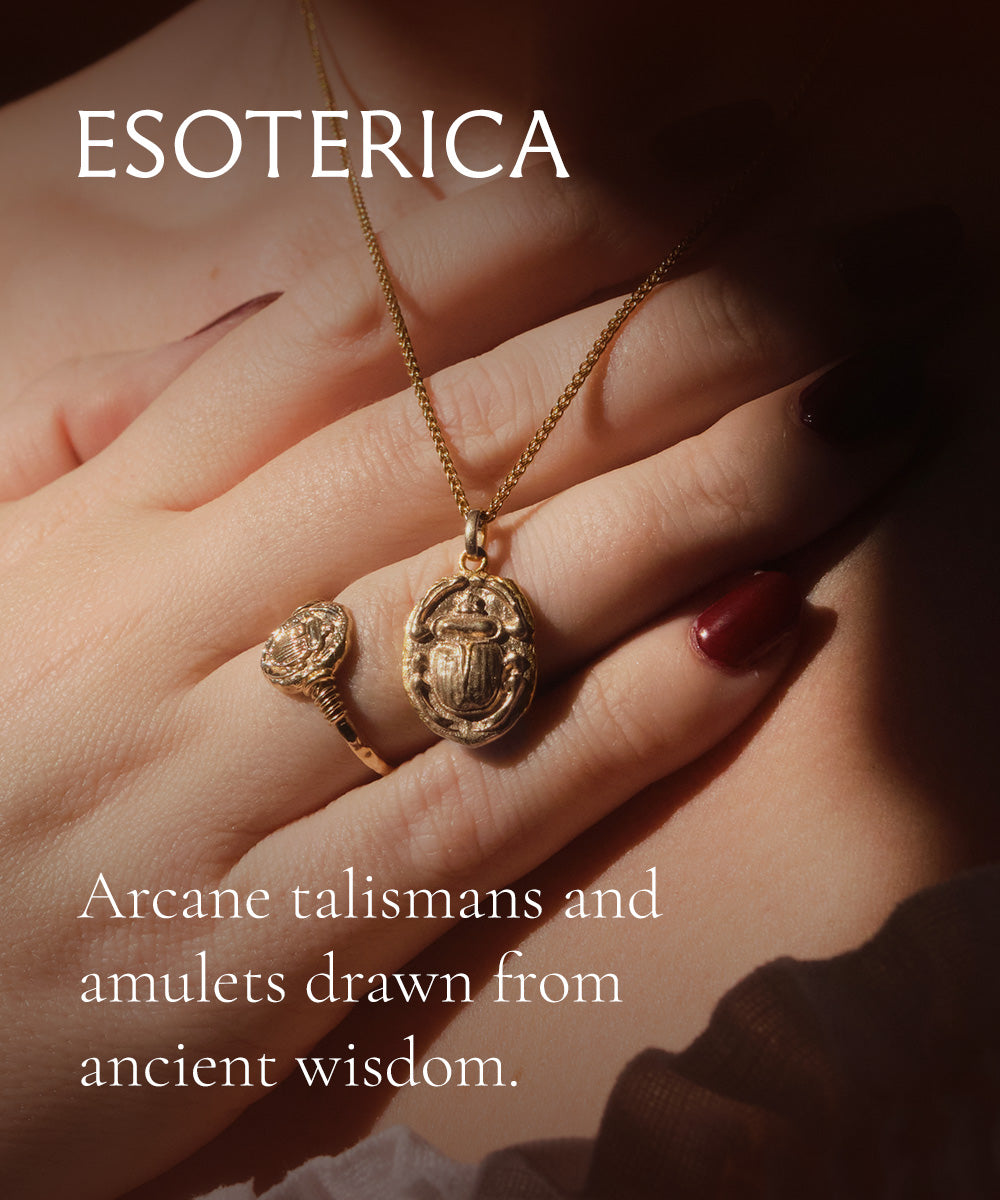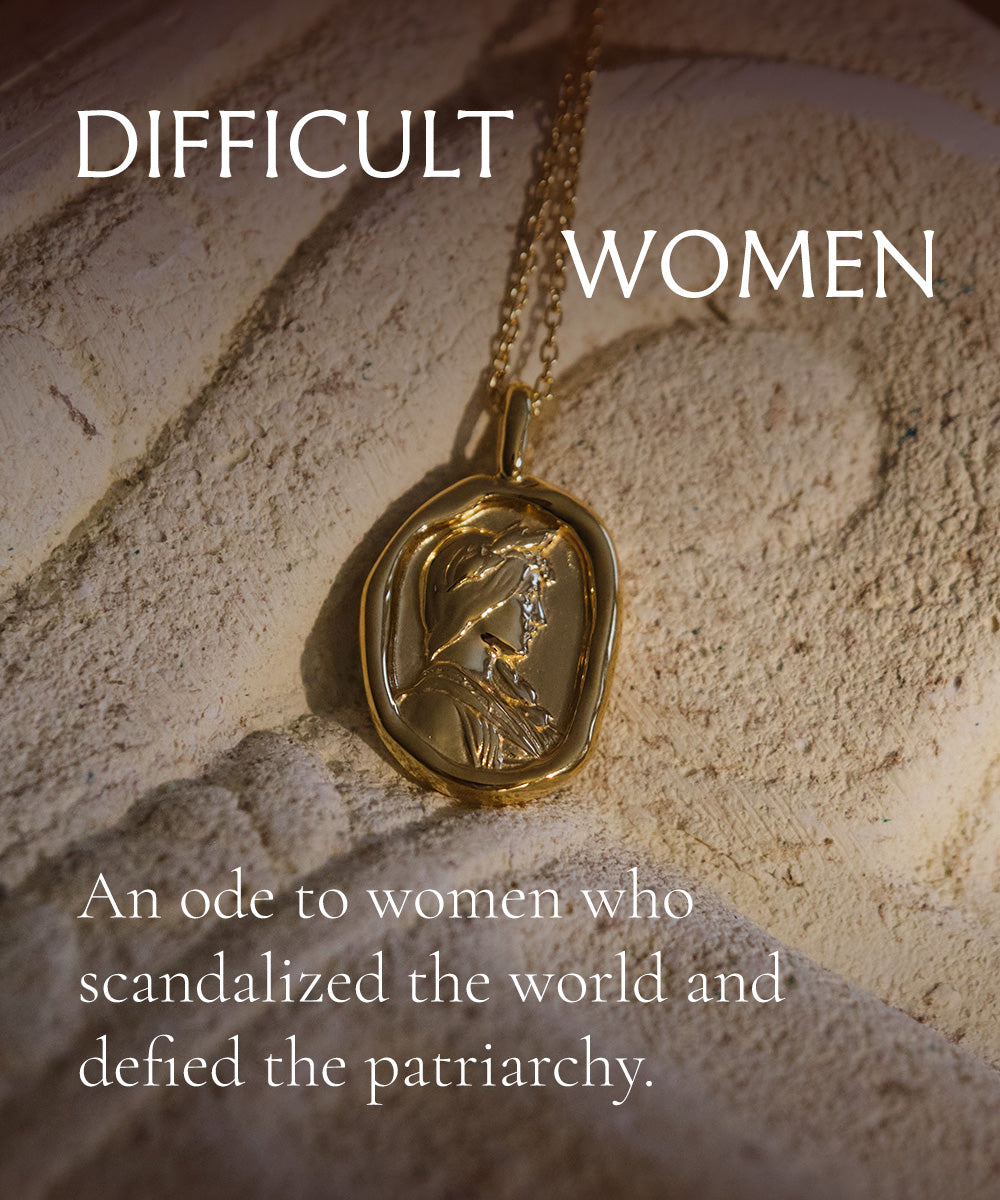The myth of Persephone’s connection to the seasons & vegetation is made evident by her yearly ascent from and descent into the Underworld. Most versions of the etiological myth follow the same storyline: the springtime goddess is abducted by Hades, searched for by Demeter, then after partaking of the pomegranate seeds Persephone is granted eight months on earth and four in the Underworld every year.
There is a very interesting version of this myth, in which it is not Zeus or Demeter who rescues Persephone, but Hecate, the only of the gods and men who assisted Demeter in her search for her daughter. This earlier version depicted on an Attic bell krater (a vessel for diluting wine) shows Hecate, wielding double torches, leading Persephone up above ground to Demeter.
Not only does Hecate exhibit the fearlessness of a chthonic goddess, defying Zeus and Hades by coming to the aid of Persephone and Demeter, she shows herself to be a defender of mothers and maidens, a protector of justice. Zeus may have been the king of gods and the de facto hand of justice, but his impartiality betrayed him when he commanded that Persephone stay hidden away. Only Hecate sought truth, and this significance cannot be overlooked. Forever after, as Persephone makes her journey to and from the Underworld, she is accompanied by Hecate.
"[After Persephone was returned from the underworld to Demeter:] Then bright-coiffed Hekate came near to them, and often did she embrace the daughter of holy Demeter: and from that time the lady Hekate was minister and companion to Persephone." - Homeric Hymn 2 to Demeter
There are many little points of connection between the springtime maiden goddess and the ghostly witch goddess. Both are heavily associated with the afterlife: Hecate leads souls to their rest in the Underworld, where Persephone looks after them. Hecate is the goddess of transitions, and Persephone brings about the change of seasons, the greatest transition the natural world experiences.
Hecate and Persephone both represent either end of a woman’s life cycle, the young maiden and the wise crone (often, in this archetype, Demeter represents the mother or the middle age). Persephone is recorded as having been invoked as one of Hecate’s three faces, and despite her apparent youth, Persephone is often considered a chthonic goddess.
Their connection with the life cycle of the deepest significance, both goddesses were worshiped by cults that believed in the secrets of eternal life. These secrets are unknown to all but the worshippers of the Eleusianian mysteries, the most famous and possibly most sacred of the rites of ancient Greece.
